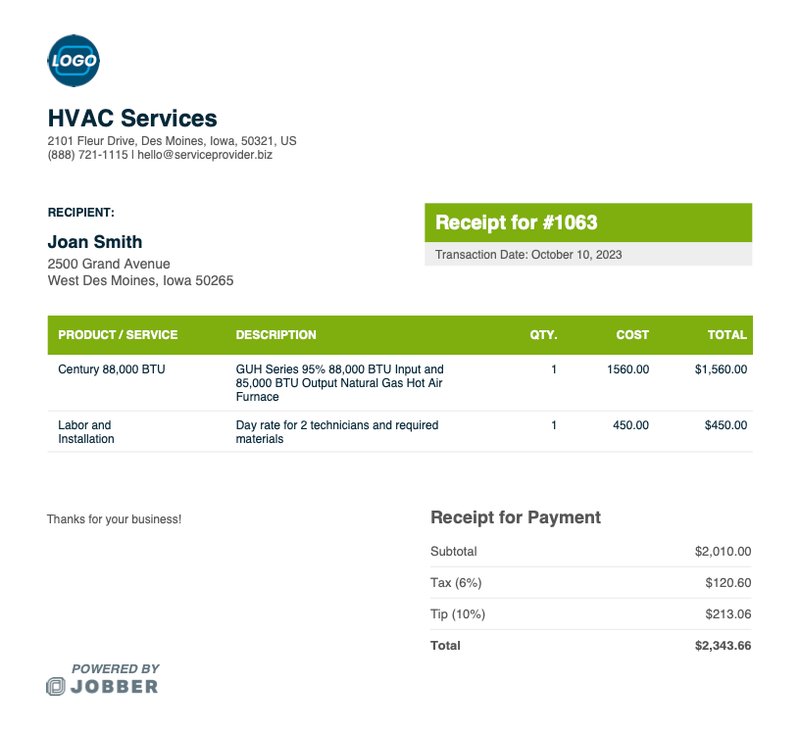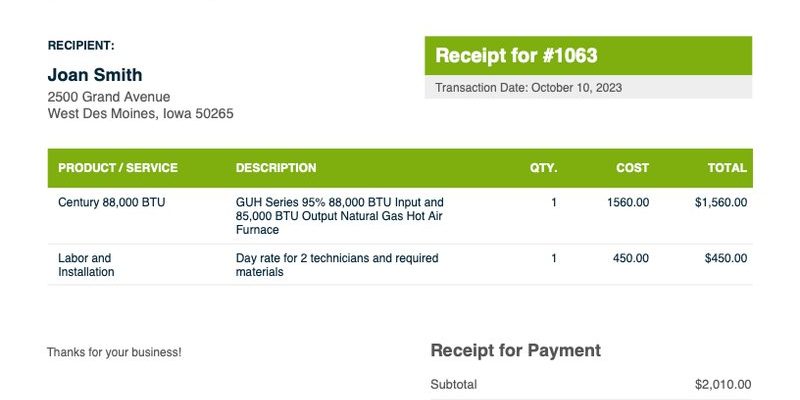
Honestly, it can feel a lot like assembling IKEA furniture without all the pieces—especially if that very important slip of paper (your receipt) has already vanished into a mysterious kitchen drawer. Let’s take a gentle, step-by-step look at what Goodman actually expects when it comes to registration, warranty, and that elusive proof-of-purchase, so you can get your system’s protection all squared away—without the panic.
Why Registering Your Goodman HVAC System Matters
First off, let’s talk about *why* you even need to register your new Goodman HVAC system in the first place. It’s not just about filling out forms for fun. Registration is how you **activate your warranty coverage**. Goodman’s warranty gives you peace of mind that if something goes wrong—say your AC won’t sync with the thermostat, or you run into a weird reset error—you’re protected against major repair costs.
Without registration, most Goodman systems default to a basic warranty, which is usually a shorter coverage period. By registering, you can unlock the full, extended warranty. And let’s be real: nobody wants to discover their coverage is lacking right when a heatwave hits and their remote won’t pair or the code that controls the system is acting up. That’s the kind of summer surprise nobody enjoys.
Registering also helps Goodman keep track of your specific model and serial number, making future troubleshooting or battery replacement on your remote much smoother. If you ever need support, Goodman can look up your details—and you won’t have to dig through piles of paperwork to find some long-lost code.
What Goodman Actually Requires for Registration
Now, onto the big question: do you need your **receipt** to register your Goodman HVAC system? Here’s the thing—Goodman’s online registration form *doesn’t* ask you to upload or attach your receipt. Instead, it typically asks for:
- Model number of your system (found on the equipment label)
- Serial number (also on the label, usually near the code or barcode)
- Installation date (the date your system was put in)
- Installer’s information (company name, contact details)
That means you don’t need to pause everything and hunt down a crumpled sales slip to get started. But—here’s the catch—while Goodman doesn’t *require* the receipt up front, **you should absolutely keep it somewhere safe**. Why? If there’s ever a warranty claim, Goodman or your installer might still ask for proof-of-purchase to confirm you’re covered. Think of the receipt like a spare battery for your remote: you may not need it now, but you’ll be relieved it’s there when things go sideways.
How to Register Your Goodman HVAC System (Step-by-Step)
If this is your first time navigating HVAC registration, don’t worry—it’s about as simple as pairing a universal remote once you’ve got the right codes. Let me walk you through the basic steps to register your Goodman system successfully.
-
Find the model and serial numbers.
These numbers are usually printed on a label attached to your unit—often on the side or inside the access panel. You might spot a barcode, some long strings of numbers, or even a QR code you can scan. -
Get your installer info and installation date.
Jot down the company or technician who put in your system, their phone or email, and the exact date of installation. If you can’t remember, check your calendar, emails, or even your Goodman manual. -
Go to Goodman’s registration website.
There’s a user-friendly form on the Goodman website where you’ll fill in all the details. No need to upload your receipt—just complete the fields as accurately as possible. -
Double-check your info and submit.
Make sure your numbers match what’s on your unit, then hit submit. You should get a confirmation email once everything’s processed.
If technology makes you nervous (honestly, sometimes registering feels more intimidating than sync’ing a quirky remote), you can ask your installer for help. Many will handle the registration for you or walk you through it step by step.
What Happens If You’ve Lost Your Receipt?
You might be wondering, “What if my receipt is long gone? Did I lose my chance at proper warranty protection?” Take a deep breath—you’re not doomed. Here’s how it usually plays out:
- If you registered online with the correct model and serial number, Goodman already has a record of your system.
- If you ever do need a warranty service, the serial number will show when the unit was manufactured, and your installer should have a record of the installation date, too.
- Still, your proof-of-purchase (the receipt) is your ace in the hole. It’s the fastest way to confirm ownership and warranty eligibility, especially if there’s ever a dispute about when your unit was installed.
Think of it like a troubleshooting code for your HVAC—most of the time, it’s not the first thing you’ll need, but when something’s not working right, it’s the quickest way to get support back on track.
If the receipt is truly lost, try reaching out to your installer or the retailer. Most reputable companies can search their system for your purchase record and provide a replacement—just be ready to explain your situation with a bit of patience.
Registering Without a Receipt: Pros, Cons, and Risks
So, registering your Goodman HVAC without a receipt is possible—and, honestly, it’s what most people do. But there are a few things to keep in mind if you’re skipping the traditional “file-the-paperwork-in-a-shoebox” routine.
Pros:
- You can complete registration quickly after installation, using just the system’s labels and installer details.
- No scrambling for paperwork, especially if you’re the forgetful type (aren’t we all, some days?).
- You still unlock the full warranty protection if all your other information is accurate.
Cons:
- If there’s ever a question about the installation date, you’ll need to rely on your installer’s records or Goodman’s database—this can drag out support calls.
- Some warranty claims may hit a speed bump or need extra verification without a clear proof-of-purchase.
If you’re the type who likes to keep things tidy, consider snapping a photo of your receipt and saving it to your email or the cloud. It’s like keeping backup batteries for your remote—rarely needed, but a lifesaver when trouble hits.
What If You Bought Your Goodman System Used or Moved Into a Home With One?
Here’s another common scenario: maybe you’re moving into a house where the previous owner already had a Goodman HVAC system installed. Or, you scored a deal by buying a used unit (though that’s less common). Can you register the system under your name without the original receipt?
It depends. Most **Goodman warranties are only valid for the original purchaser**, and registration typically needs to happen within 60 days of installation. If the previous owner registered the unit correctly, you’ll want to get as much information from them as possible—including old receipts, the installer’s name, and those all-important serial numbers.
If you’re missing the receipt or documentation altogether, reach out to Goodman customer support or a certified installer. They can help you troubleshoot your options. Sometimes, they may allow a warranty transfer, but it’s not guaranteed—think of it as trying to sync a universal remote with a totally new system. It doesn’t always work, but it’s worth a shot.
Tips for Managing Your HVAC Registration and Warranty Paperwork
Keeping track of your Goodman HVAC system’s paperwork doesn’t need to be a major headache. Here are a few real-world tricks to stay organized and avoid future hassles:
- Set a calendar reminder to register your HVAC system the same week it’s installed—don’t put it off and risk missing the window for extended coverage.
- Photograph every important document—receipt, warranty, model/serial code label—and save them in a digital folder labeled “HVAC.”
- Write down your installer’s info in more than one place, like taped inside your electrical panel or saved in your phone contacts.
- Request a digital invoice from your installer or retailer—they’re often happy to email you a copy, and it’s nearly impossible to lose that way.
You might not need these steps today, but trust me—future you will be grateful when a reset issue pops up on a sweltering afternoon, and you have every bit of info at your fingertips.
Alternatives and Special Scenarios: Universal Remotes and Extended Warranties
You might also be wondering about other “registration” situations—like what if you use a universal remote with your Goodman system, or if you buy an extra warranty plan? Here’s a quick rundown:
-
Universal remotes:
Registering your Goodman system is about the hardware itself—not the remote. So, swapping in a universal or replacement remote doesn’t impact your warranty or registration process. Just be sure you keep any codes you use to sync or pair new remotes handy, in case you need to troubleshoot down the road. -
Extended or third-party warranties:
If you buy extra coverage from a retailer, they may require a receipt or their own registration process. Follow their instructions carefully—these policies are separate from Goodman’s own warranty.
When in doubt, remember: registration protects your investment, not just the gadgets that control it. Even if your remote batteries are dead or you reset the system, warranty registration is what truly matters for long-term peace of mind.
Final Thoughts: Keep Calm and Register On
Registering your Goodman HVAC system is a simple but essential step to make sure your comfort stays uninterrupted—and your wallet is protected. While you don’t have to show a receipt to register, hanging onto that proof-of-purchase is a smart move in case issues ever pop up. Think of the registration process as setting up the “insurance policy” for your home environment: it’s painless, doesn’t take long, and saves you from future headaches, whether you’re troubleshooting on a cold winter night or just trying to figure out which code to enter on your remote.
So, gather those serial numbers, snap a quick pic of your receipt, and get that system registered. Your future self—and your cool, comfortable living room—will thank you.
